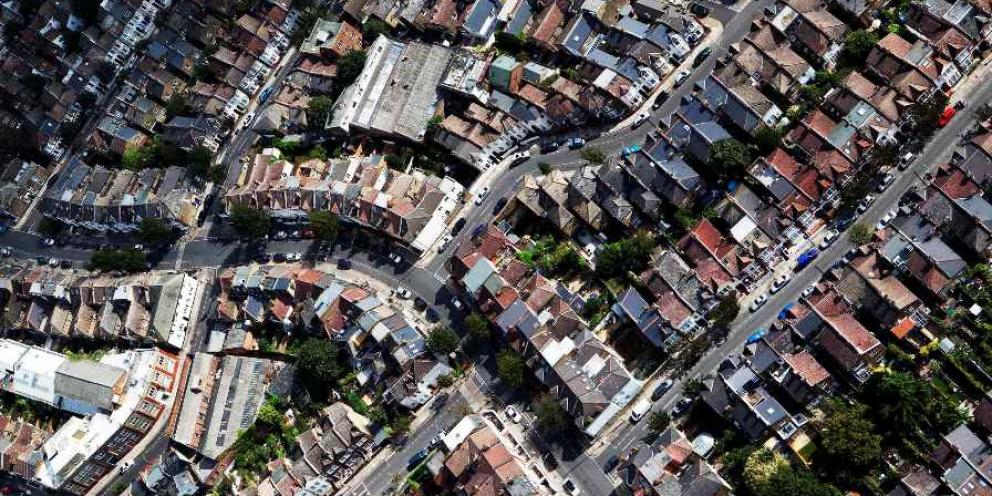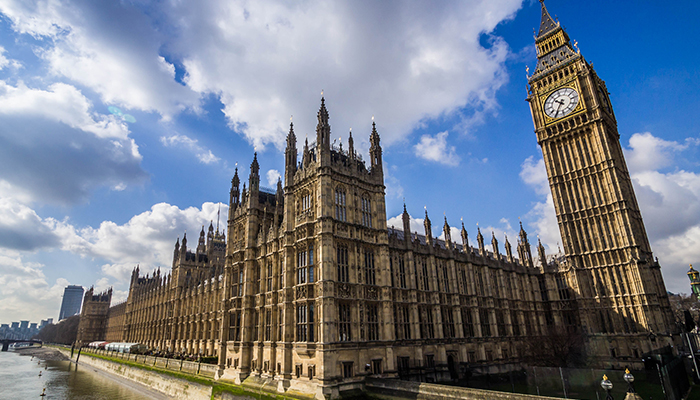This collection of research, edited by Kath Scanlon of LSE London and Ben Kochan, explores international models for operating larger, more sustainable private rented sectors.
In most European countries, there is a growing interest towards the private rented sector (PRS). In 2011, interest in the PRS was growing in the United Kingdom, where an estimated17% of homes were being rented. However, there were concerns over families who were enduring hardships and wanted to enter into the PRS, these included:
- Rental prices in London are not affordable for most people
- Private companies do not obtain the necessary profits
- Lack of social housing for the large number of families that request them
As a consequence of these issues, the book argues, the owner-occupation rate in 2003 fell sharply from 71% to 68% in the UK, and it was estimated that it would continue falling as a result of the global financial crisis. However, the demand for private rentals was growing due to population increase, especially as it concerned migration.
In contrast, the private rented sector in Germany was notably different compared to that of the United Kingdom. Some of its main characteristics are that in Germany, rent is not seen as an inferior housing option; quite the opposite: culturally, it is a totally acceptable alternative, creating a robust regulatory legal framework that guarantees tenants a high degree of security. These measures have meant that in Germany, the total rented market is almost 24 million homes, and small owners have 60% of the rental housing, while private companies have about 17% of them.
On the other hand, in the Netherlands, the total number of rented homes decreased considerably since the end of the Second World War, being in 1947 from 1.3 million homes to 650,000 in the year 2010. This decrease can be explained thanks to the government subsidies for social rent, causing the private owners to leave the market.
In the late 1900s and early 2000s, the Netherlands and Denmark experienced a decline in private rentals. In 2011, there were approximately 450,000 homes in the private sector and more than 500,000 units in the social sector.
Ireland had a sharp decrease in the number of rented homes during the late twentieth century, reaching 17.2% in the 1960s and continuing to decline over a long period. However, it was not until 2006, when the Irish private sector experienced a recovery having an increase of 10.3% thanks to the introduction of government subsidies.
Click here to access the report.





